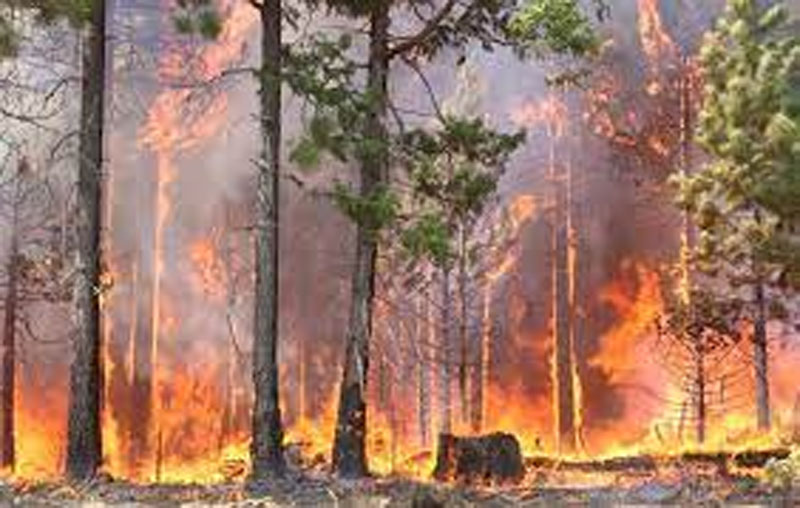‘Equip entire watch and ward staff with GPS’
*Rise in ground water table, increase in biodiversity noticed
Mohinder Verma
JAMMU, May 1: An agency which has conducted 3rd Party Evaluation of works carried out under J&K UT Compensatory Afforestation Fund Management and Planning Authority (CAMPA) has laid stress on procuring sufficient equipment like Global Positioning System (GPS) and other latest gadgets keeping in view the increasing role of technology and threat from the fires to the forests.
The task of 3rd Party Evaluation was assigned to evaluate the survival rate including growth of plants and their impact on vegetal cover; to assess adherence to the procedures for plantation, infrastructure development and other activity for asset creation in conformity with the guidelines and procedures laid down under J&K UT CAMPA etc.
In its recommendation to the Government, the evaluators have mentioned that forest fire is a major threat for success of closures and Forest Department should conduct training sessions for field functionaries and other stakeholders to train them in fire fighting and effective protection measures.
“Equipment like GPS and for fire controlling should be procured more due to increasing role of technology and threat from forest fires”, the recommendation said, adding “adequate manpower need to be provided for watch and ward of closures in much better way”.
Stressing that soil work around the planted saplings must be carried out for enhancing the growth of plants, the evaluators said that this will help in removal of weeds, minimizing the root competition for nutrients and soil moisture between saplings planted and the weeds. “Further, this will help in providing adequate sunlight to the plants resulted in increased photosynthesis”, they added. Moreover, the selection of tree species for planting should be site specific.
“Damaged in-site Soil Moisture Conservation and fencing due to landslide and other natural reasons should be repaired on priority basis”, they said, adding “training and capacity building of local community in plantation and allied activities should be paid priority attention as the same will help both in afforestation as well as conservation measures”.
They have further recommended that the contractors carrying out the plantation and civil works should be given timeline to complete the work within the stipulated period and focus should be given to carry out plantation work during favourable soil, moisture and weather conditions.
During the 3rd Party Evaluation, it has come to the fore that J&K UT CAMPA works have helped in increase in vegetative cover resulting in increase in number of birds, animals and biodiversity; rise in ground water table resulting in increasing availability of water to the local people and augmentation of moisture regime useful for improving local ecology; increase in forest biomass resulting in increased carbon sequestration and storage and increase in fodder, fuel wood and other non-timber procedure to the local people.
About the survival status of plantations under the CAMPA, the evaluators have pointed out that average survival of plants in Kashmir region was 65.4% and 60% in Jammu region. The overall weighted survival percentage is 62.7, which is considered as good.
The highest survival percentage of plantation was showed by South Circle (71.1%) of Kashmir territorial region followed by East Circle (70.8%) of Jammu territorial region and Kashmir region of Social Forestry (69.7%). The survival percentage has increased considerably since 2019-20 when it was 60.1. In 2020-21, the same was 62.4% and 64.8% in 2021-22.
The average number of plants per hectare including artificial plantation, natural regeneration, existing plant species and root stock was 1096 plants per hectare which is considered as very good, the evaluators said, adding 22 divisions belonging to Forest Territorial, Social Forestry, Planning and Publicity etc showed more than 1000 plants per hectare.
“Highest natural regeneration of around 200 or above plants per hectare were observed in most of the divisions except few such as Doda, Kishtwar, Poonch, Nowshera divisions which showed around 160 plants per hectare grown naturally”, they further said.


